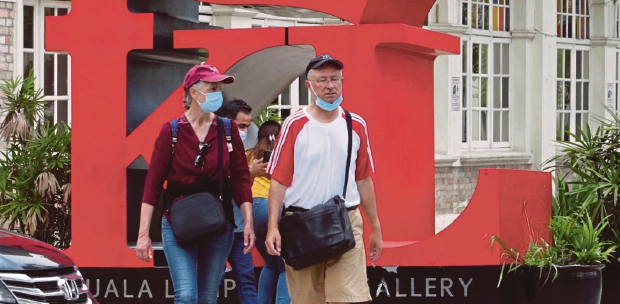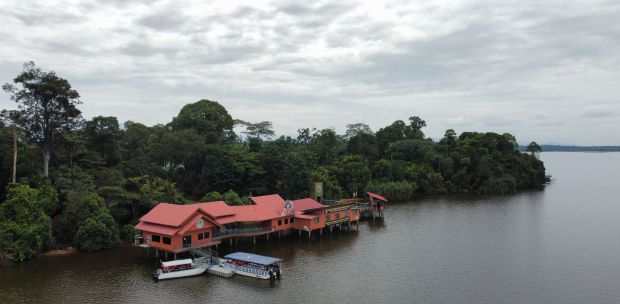LETTERS: I am a nature enthusiast with a passion for the flora and fauna species in our country. I fell in love with nature when I was 8 years old during a school trip to a strawberry park in Cameron Highlands.
Being among fruits and vegetables, planting, and nurturing them felt exciting. I grew up and started spending time in our national parks, thanks to my mother's influence as a nature enthusiast cultivating vegetables in our garden.
She regularly talked about Malaysian rainforests, animals, and the value of conserving them.
At 15, I went on my inaugural camping trip to Taman Negara with my family, marking a personal turning point. Observing wildlife, caving and trekking became exhilarating and relaxing, making being around nature my favourite pastime.
Another significant chapter was a trip with friends to Gunung Mulu National Park, a Unesco World Heritage Site in Sarawak. I was thrilled to discover such beautiful landscapes with exquisite rock formations and clear waters.
I learned to appreciate my country's flora and fauna through my travels. While foreign countries have beautiful terrain and natural heritage themselves, there is something about visiting those at home that fills me with pride. Malaysia is full of diverse landscapes. Gunung Mulu's limestone structures particularly stunned me.
I would eagerly share my newfound enthusiasm with anyone who would listen. Malaysia is home to several limestone landscapes such as the Langkawi Geopark, Gua Tempurung and Gunung Kanthan in Perak. I hope to see all of them.
However, our country, being a developing nation, needs to use natural resources for development. We can't disregard development altogether; instead, we must work together with the government to ensure sustainable practices.
If done correctly, our children and grandchildren can enjoy the beauty of nature that we now experience. This is not always easy. Just as valuable is teaching the younger generation about environmental conservation and raising awareness to nurture a future generation that adores nature.
A few years ago, the Perak government declared Kinta Valley a geopark, showcasing initiatives towards protecting our natural heritage. In recent news, I read about the limestone academia-industry research consortium between the Higher Education Ministry and YTL Cement.
I am excited to see the outcomes and impact of this first-of-its-kind Malaysian initiative, setting a precedent for future collaborations. Kudos to YTL Cement for setting an example as an industry player.
I hope the generations to come will visit limestone landscapes and the parks in our country. They serve as an oasis from the hustle and bustle of city life.
We should look forward to the impact of research initiatives that will help us understand the societal benefits of our natural world. Our nation is undergoing rapid development, and there is a need to tap into natural resources.
Stakeholders should start looking into balancing development and preserving our geological legacy.
At the same time, I feel that in 50 years to come, if we do not balance development with conservation, our children will miss out on the natural beauty of nature, such as the limestone structures of Gunung Mulu and Gunung Kanthan.
Yet, important nation-building activities have to be considered. Preserving our environment doesn't require us to abandon economic advancement. Rather, it involves finding a balance that promotes both ecological wellbeing and economic growth.
These efforts work hand-in-hand to ensure a future where national prosperity and natural beauty coexist.
AISHA ADAM
Kuala Lumpur
The views expressed in this article are the author's own and do not necessarily reflect those of the New Straits Times





